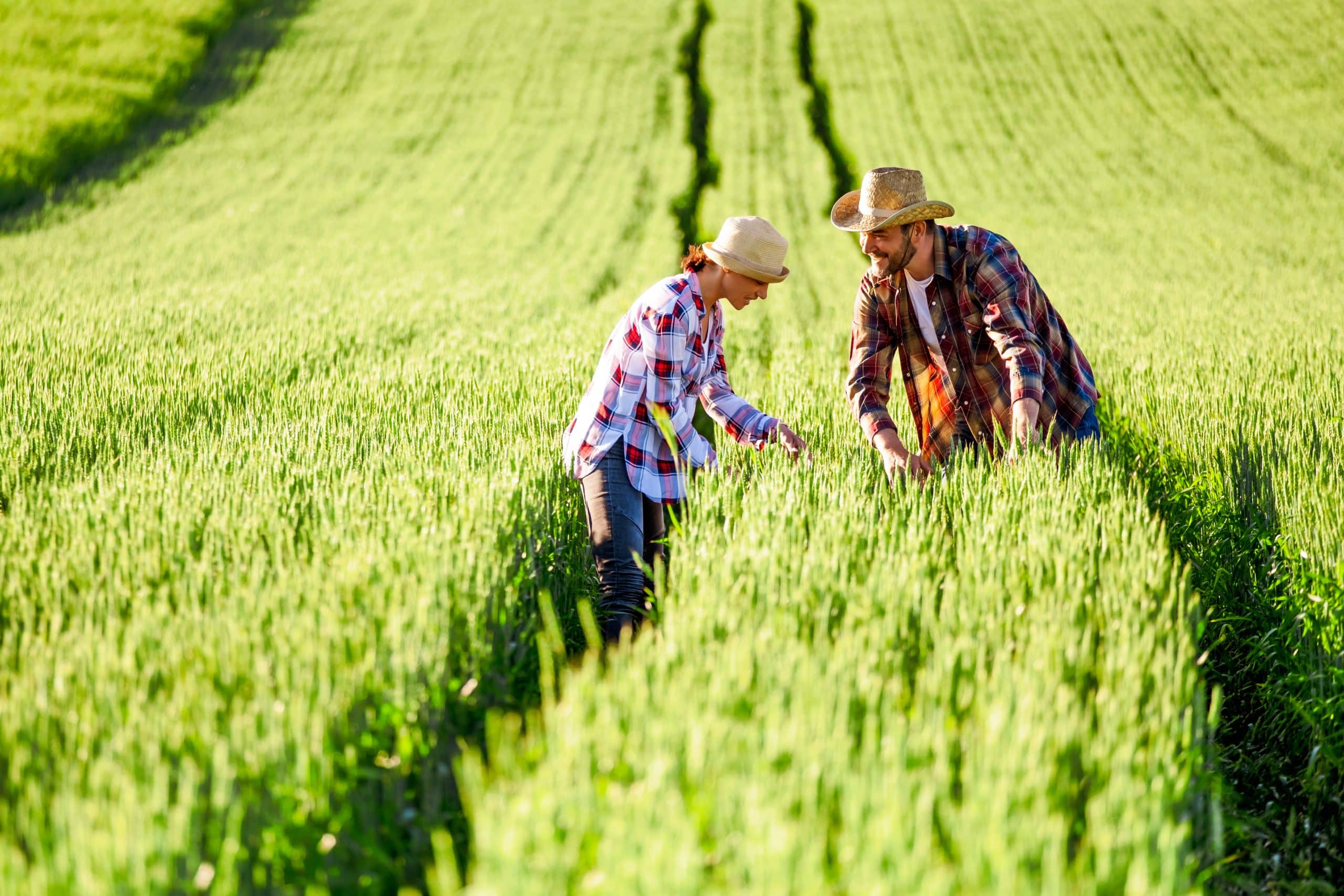How Does AI Contribute to Precision Agriculture for Crop Yield Optimization?

In this new era of technology-driven agriculture, we’re witnessing an exciting shift towards precision farming. This innovative approach uses data and technology to manage agricultural resources and farming practices more efficiently. It’s an excellent model for sustainable farming, optimizing everything from crop yields to water usage and soil management. And Artificial Intelligence (AI) plays a crucial role in this transformation.
Uncovering the Power of Data in Precision Agriculture
Information is the lifeblood of precision agriculture. It’s all about collecting, interpreting, and using data to make better decisions on the farm. But it’s not just any data. It’s specific, accurate, and timely information that offers insight into critical factors affecting crop production.
Additional reading : Can Virtual Reality Therapies Effectively Treat Post-Traumatic Stress Disorder?
Data in precision agriculture can come from a variety of sources. Soil sensors can provide real-time information about moisture levels and soil composition. Weather data can reveal patterns and forecasts essential for planning planting and harvesting schedules. Drones and satellites can capture images that offer a bird’s-eye view of the health and progress of crops.
Utilizing this data, farmers can pinpoint the exact needs of each plot of land, down to the individual plant. The key here is precision. Instead of broad-based, one-size-fits-all practices, farmers can customize their actions to match the exact needs of the soil, the crop, and the local environment. This heightened level of accuracy can lead to higher yields, reduced waste, and more sustainable farming practices.
This might interest you : Exclusive content ideas for your OnlyFans subscribers
Harnessing AI for Efficient Farm Management
AI is the powerhouse behind the scenes, making sense of the vast amounts of data collected in precision farming. It’s like a supercharged analyst, processing information far faster and more accurately than a human could.
AI can spot patterns and trends in the data that might be missed by the human eye. It can also make predictions based on these patterns, offering valuable foresight to farmers. For instance, if the AI identifies a correlation between a particular soil composition and high crop yields, it could recommend that farmers replicate these conditions elsewhere.
But perhaps the most significant advantage of AI is its capacity for machine learning. Over time, AI systems can ‘learn’ from the data, refining their analysis and predictions for even greater accuracy and efficiency. This makes AI a powerful tool in optimizing farm management and maximizing crop yields.
Leveraging Precision Irrigation for Water Efficiency
Water is a critical resource in agriculture—one that needs to be managed wisely. Over-irrigation can lead to water waste and even damage the crops. Under-irrigation can result in poor crop growth and lower yields. Precision irrigation, powered by AI, offers a solution to this challenge.
With precision irrigation, farmers can use data to determine exactly when and how much to irrigate. Soil sensors can monitor soil moisture levels, indicating when the ground is dry and needs watering. Weather data can also play a role, helping farmers anticipate rainfall and adjust their irrigation schedules accordingly.
AI comes into play by analyzing this data and converting it into actionable insights. For instance, if the AI system detects a pattern of decreasing soil moisture levels in a particular field, it can alert the farmer and recommend increased irrigation. By optimizing water usage in this way, precision irrigation can lead to enhanced water efficiency and healthier crops.
Optimizing Crop Yields with AI-Powered Technologies
The ultimate goal of precision agriculture is to boost crop yields while minimizing resource use and environmental impact. AI-powered technologies have a crucial role to play in achieving this goal.
For one, AI can enhance crop health monitoring. Using image data from drones or satellites, AI can analyze the visual indicators of crop health, such as color and size. It can identify potential problems, such as disease or pest infestation, early on—allowing farmers to take preventative action and protect their yields.
AI can also assist with crop planning. By analyzing historical data and current conditions, AI can predict which crops will thrive best in which regions, at what times. It can even recommend specific cultivation practices to optimize growth and yield.
The power of AI in precision agriculture is transformative. It offers an advanced, sustainable model of farming—one that maximizes efficiency, optimizes resources, and helps farmers to realize the best possible yields. It’s a future where data, technology, and agriculture come together in harmony—a future where farming is more precise, more productive, and more sustainable than ever.
Real-Time Decision Making with Predictive Analytics
The ability to make informed decisions based on real-time data is yet another benefit of AI in precision agriculture. This data-driven approach enables farmers to make more accurate predictions about their crops and take proactive measures to optimize yield.
Predictive analytics, a form of machine learning, uses current and historical data to forecast future outcomes. In the context of farming, this could mean predicting weather patterns, determining the best time to sow or harvest, forecasting pests or disease outbreaks, or estimating crop yields based on various factors such as soil quality, sunlight, and rainfall.
AI-powered predictive analytics can process huge amounts of data from multiple sources in real-time, making it a powerful tool for decision making. For instance, it can analyze weather patterns, soil conditions, and crop health data simultaneously to recommend the best course of action. This could mean adjusting irrigation levels, altering planting schedules, or applying pesticides.
Moreover, as AI systems continue to learn and refine their algorithms, their predictions become more precise. This ongoing learning process allows for continual optimization of farming practices, resulting in ever-improving crop yields.
Predictive analytics is thus transforming agriculture by enabling farmers to manage their resources more efficiently, adapt quickly to changing conditions, and make more informed decisions. It’s a testament to how AI is not only contributing to precision agriculture but also revolutionizing it.
Conclusion: AI – A Game Changer for Sustainable Farming
In a world where sustainability is taking center stage, precision farming backed by AI is proving to be a powerful ally. By providing farmers with precise, data-driven insights, AI is enabling a shift towards more efficient and environmentally friendly farming practices.
The use of AI in precision agriculture is not just about optimizing crop yields—it’s also about minimizing environmental impact. By making farming practices more efficient, AI helps reduce waste, conserve water, and lower greenhouse gas emissions. Harnessing soil moisture data, for instance, allows for smarter irrigation practices, reducing water usage and minimizing soil erosion.
The integration of AI-powered technologies such as machine learning, computer vision, and predictive analytics is creating a new paradigm in farming. It’s paving the way for smart farming, where data, technology, and human ingenuity come together to produce healthier, more abundant crops with fewer resources.
In conclusion, Artificial Intelligence is crucial in the journey towards sustainable, precision farming. Its capacity to analyze vast amounts of data in real-time, adapt to changing conditions, and make informed decisions is transforming agriculture as we know it. AI is not just contributing to precision agriculture—it’s leading the charge. It’s a future where farming is not only more efficient and productive but also more in harmony with the environment.
